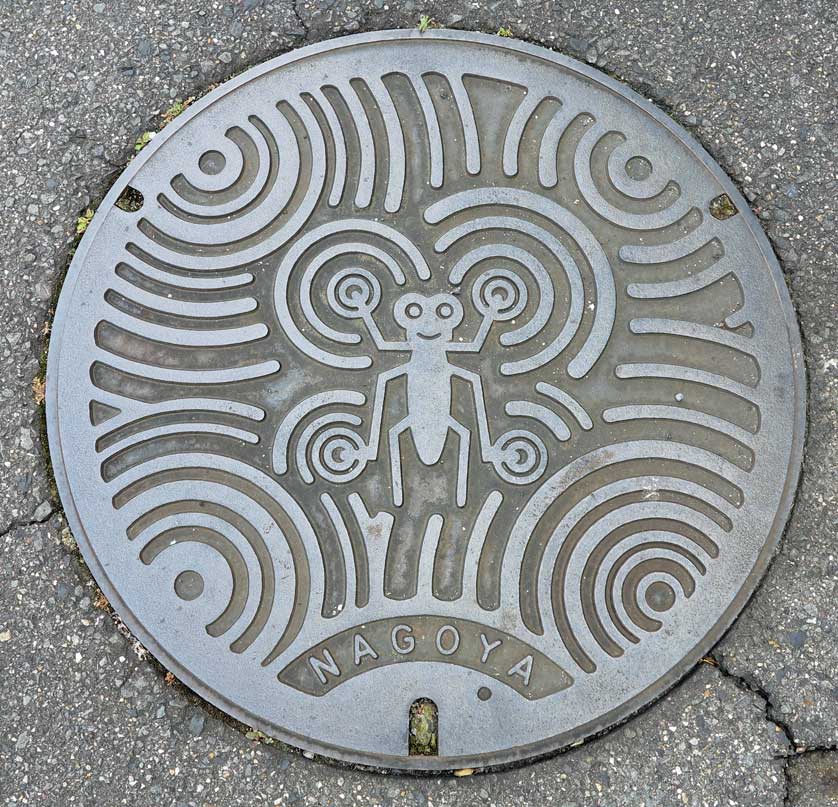“Let’s talk about the physics of dead grandmothers.” Thus does theoretical physicist Sabine Hossenfelder start off the Big Think video above, which soon gets into Einstein’s theory of special relativity. The question of how Hossenfelder manages to connect the former to the latter should raise in anyone curiosity enough to give these ten minutes a watch, but she also addresses a certain common category of misconception. It all began, she says, when a young man posed to her the following question: “A shaman told me that my grandmother is still alive because of quantum mechanics. Is this right?”
Upon reflection, Hossenfelder arrived at the conclusion that “it’s not entirely wrong.” For decades now, “quantum mechanics” has been hauled out over and over again to provide vague support to a range of beliefs all along the spectrum of plausibility. But in the dead-grandmother case, at least, it’s not the applicable area of physics. “It’s actually got something to do with Einstein’s theory of special relativity,” she says. With that particular achievement, Einstein changed the way we think about space and time, proving that “everything that you experience, everything that you see, you see as it was a tiny, little amount of time in the past. So how do you know that anything exists right now?”
In Einstein’s description of physical reality, “there is no unambiguous notion to define what happens now; it depends on the observer.” And “if you follow this logic to its conclusion, then the outcome is that every moment could be now for someone. And that includes all moments in your past, and it also includes all moments in your future.” Einstein posits space and time as not two separate concepts, but aspects of a single entity called spacetime, in which “the present moment has no fundamental significance”; in the resulting “block universe,” past, present, and future coexist simultaneously, and no information is ever destroyed, just continually rearranged.
“So if someone you knew dies, then, of course, we all know that you can no longer communicate with this person. That’s because the information that made up their personality disperses into very subtle correlations in the remains of their body, which become entangled with all the particles around them, and slowly, slowly, they spread into radiation that disperses throughout the solar system, and eventually, throughout the entire universe.” But one day could bring “some cosmic consciousnesses which will also be spread out, and this information will be accessible again” — in about a billion years, anyway, which will at least give grandma’s reassembled intelligence plenty to catch up on.
Related content:
Elie Wiesel (RIP) Talks About What Happens When We Die
Is There an Afterlife? Christopher Hitchens Speculates in an Animated Video
Albert Einstein On God: “Nothing More Than the Expression and Product of Human Weakness”
Based in Seoul, Colin Marshall writes and broadcasts on cities, language, and culture. His projects include the Substack newsletter Books on Cities, the book The Stateless City: a Walk through 21st-Century Los Angeles and the video series The City in Cinema. Follow him on Twitter at @colinmarshall or on Facebook.










